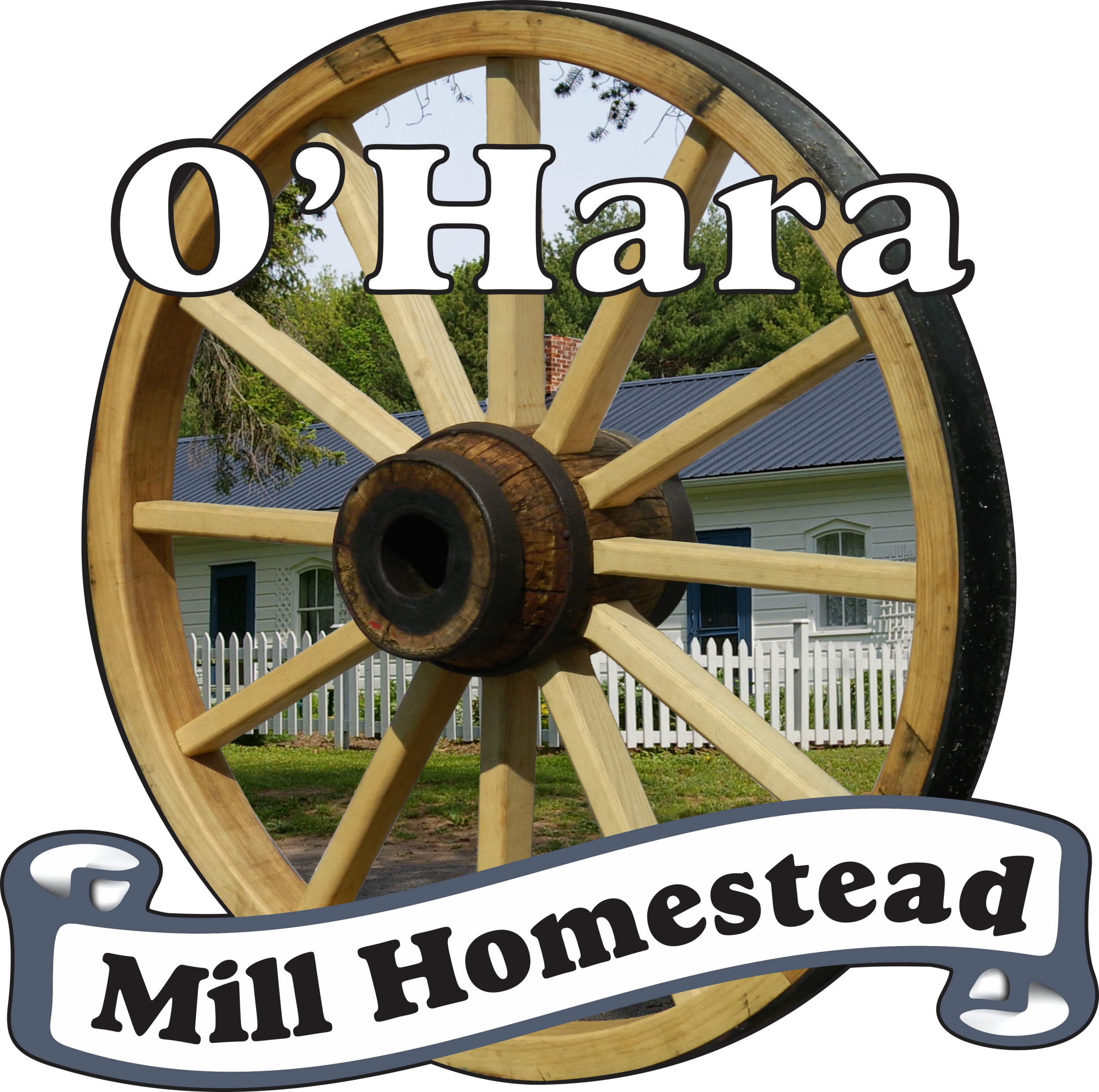Canning ... Because You "Can"
Food Preparation and Preservation/ July 24th, 2021
Today we will be looking at canning and pickling foods, which was and still is a very popular method of food preservation and was essential to surviving the winter on the Homestead.
Canning
Today our experience with canning foods is usually picking up some pickles or pasta sauce from the grocery store. It hasn’t always been this easy and discovering the right way to can food was a dangerous and sometimes life threatening process!
Canning itself has been around a very long time. In the 1800s advances began to make leaps forward in the world of canning. In the 18th century, pressure canning was first discovered, which allowed for temperatures higher than boiling to be achieved. “It was not until the 1920s that the significance of this method regarding the deadly bacteria Clostridium botulinum was recognized and pressure canning became the only safe method for canning low-acid foods. C. botulinum bacteria are heat-resistant, can survive boiling temperatures, and can grow in a moist, oxygen-free environment. Home canning provides the perfect conditions for this bacteria to multiply and produce the toxins that are potentially fatal.”
It was inventions like pressure canning and vacuum sealing lids that allowed home canning to become safer. While it wasn’t always the safest process, families would pass down knowledge of what worked and what didn’t, meaning that it was unlikely that a family who had been canning for awhile would make the mistake of canning the wrong foods.
Boiling water bath canning is safe only for acid foods (most fruits, tomatoes, pickles). Pressure canning is required for any low acid foods (vegetables, meat, fish, poultry, soups, stews). Because of this, it was much more common for families on the homestead to can fruits and tomatoes than vegetables.
But that doesn’t mean that they didn’t pickle cucumbers, peppers, onions and other vegetables.
One common food on the homestead was sauerkraut, made by layers salt and shredded cabbage in a crock. It was also common to make jams and jellies, which would be used for breakfast and tea time and added something a little sweet to the cold winter months.
Other foods would be dried to preserve them and crocks were used to temporarily preserve foods. This was often achieved by pouring brine over the food. Brine is often simply water with a high concentration of salt, making this very similar to the process of salting dried meats!
If you’re interested in trying out some home canning, check out this website by Bernardin, a company who produces mason jars specifically for the canning process! https://www.bernardin.ca/en/stepbystep.htm
𝓗𝓮𝓪𝓽𝓱𝓮𝓻 & 𝓜𝓲𝓪
